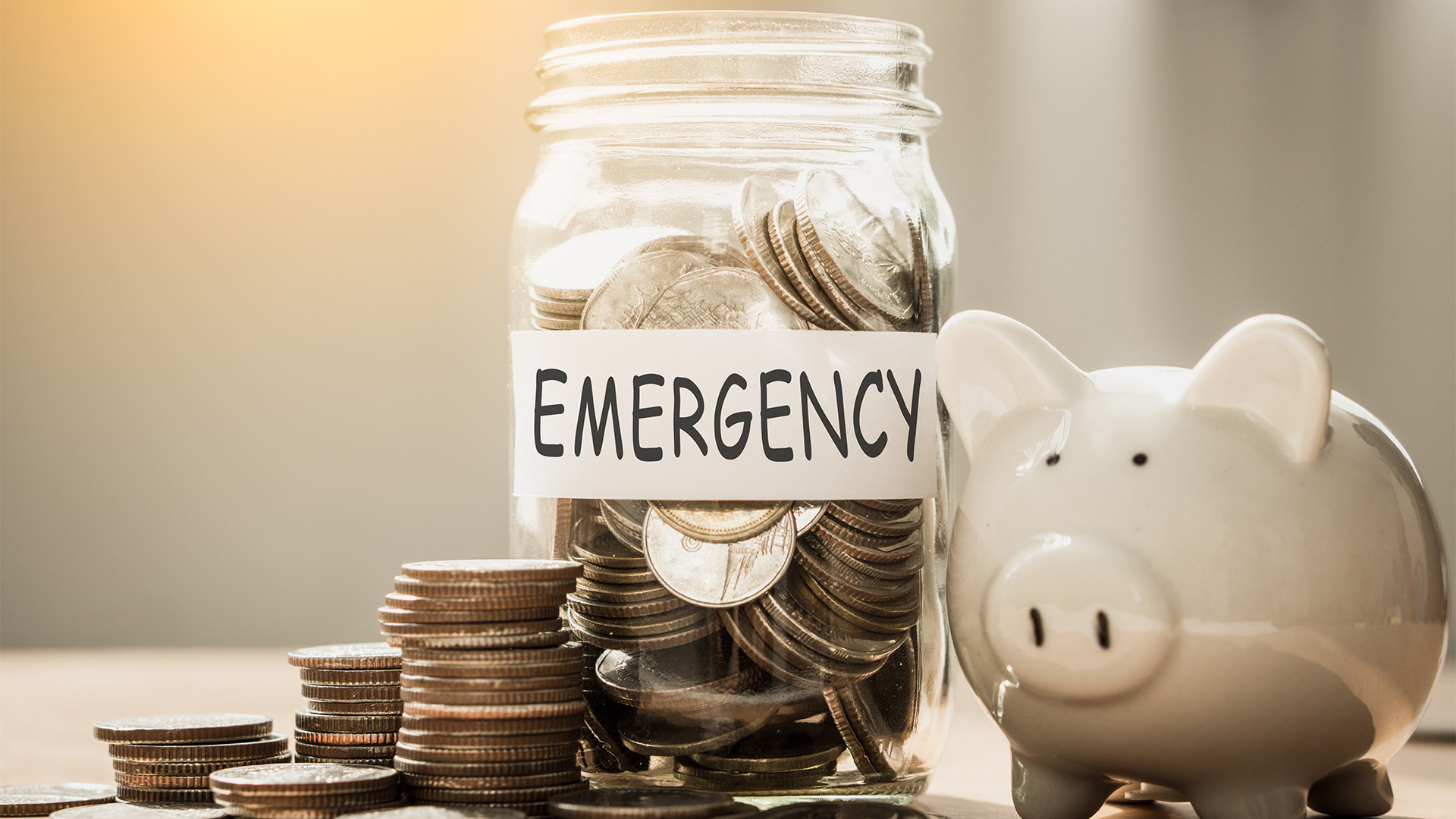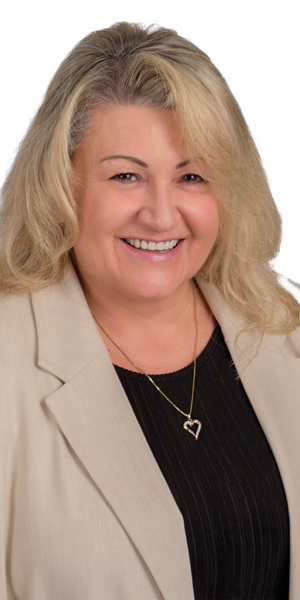Are RRSPs overrated?
For many years RRSPs (Registered Retirement Savings Plans) were viewed as the best option available for retirement savings. However, the truth is that there are several variables to consider for your best investment options.
Here is a short list of questions to ask yourself:
(more…)
- Is my income below $38,898?
- Are my investable assets (not including home, cars, etc) significant- e.g. over $4 million (Depending on the type of assets and ownership structure and current income)?
- Am I a business owner?
- Am I within 1-3 years of retirement and without much in the way of retirement savings?
If you answered yes to any of the above questions, there may be more tax efficient ways for you to invest for retirement. If however, you answered no to all of the above questions, then RRSPs may be the best option for you.
Here are some additional rules of thumb for RRSP contributions:
- How long I am able to defer tax to a future date: RRSPs defer the tax owing until the money is pulled out of the plan. Until then, the money grows tax deferred. Obviously, the younger you are the greater the tax deferral benefit you have. If you are close to retirement then rule of thumb number two (2.) below becomes much more important.
- Will my tax rate be lower when I pull money out of my RRSP/RRIF (Registered Retirement Income Fund) Another key potential benefit of RRSP contributions is if you expect to be in a lower tax bracket when you draw on your RRSPs than when you put the money into your RRSPs. For example, if you are in the 45% income tax bracket right now and in retirement will be in the 30% income tax bracket, you are 45% better off to put your money in RRSPs now and 15% better off long-term NOT including the growth on the deferred tax bill. The reverse is also true, if you are in the 30% tax bracket and expect to remain there in retirement, the less beneficial it will be for you and then rule number one (1.) is more important…how long can you defer the tax on RRSP money and it’s net benefit to you after tax.
- Do I have other tax efficient vehicles available to me? Something to consider is whether you have other investment options that are tax efficient enough so that contributing to RRSPs doesn’t make as much sense. A good example of this could be a Holding Company. I suggest you talk to a financial professional about how this works prior to foregoing RRSPs for another investment option.
Some additional things to consider:
- Always put RRSP contributions to the spouse who earns the highest income. This will give you the biggest bang for your buck. It can be beneficial to split the contributions between spouses through the use of Regular RRSPs and Spousal RRSPs (SRSPs) to keep the amounts the same; but the higher income earning spouse gets the tax deduction. Remember, UP TO 50% of your pension income (LIF – Locked In Funds, RRIF and work pensions) can be split with your spouse if you are 65 years of age or older.
Do any of these scenarios reflect your situation? If one spouse:
- Has a significantly higher income than the other, or
- Has brought more assets into the relationship than the other.
- Has significant deferred compensation incentives through work, or
All of these examples can create an imbalance of income now and at retirement. With the 50% restriction of pension splitting, this could lead to an increase in taxes owing in retirement if not offset earlier through planning.
- Always maximize employer contributions. If you work for a company that will match RRSP contributions…do it! If they match your contribution dollar for dollar this in effect doubles your money instantly! Never say no to free money!
- Home Buyers Plan repayment. If you still have Home Buyers plan repayments, make sure you contribute each year to pay that back and secondly, make sure you choose the option in the tax software/accountant to allocate the appropriate amount to pay the HBP back. Tax software does not always automatically do this for you.
- Don’t withdraw RRSPs to go on a spending spree. One of the biggest mistakes we see some people make is where they don’t live below their means and use their RRSP account as a savings/spending account. Years later, this creates challenges in generating retirement income.
- What did you do with the tax rebate? Remember, your RRSPs are tax deferred NOT tax free. So when you get your tax refund it isn’t “free” money. It is future tax money that the government is allowing you to invest until a future point in time. Our recommendation is that you invest it or pay down any debt you may have. This money should not be used for vacations or frivolous spending but to sling-shot your retirement income forward.
If you would like to discuss your unique financial situation, give us a call and we will ask specific questions with the goal of determining the best investment structure for you – Now and in the Future.



















